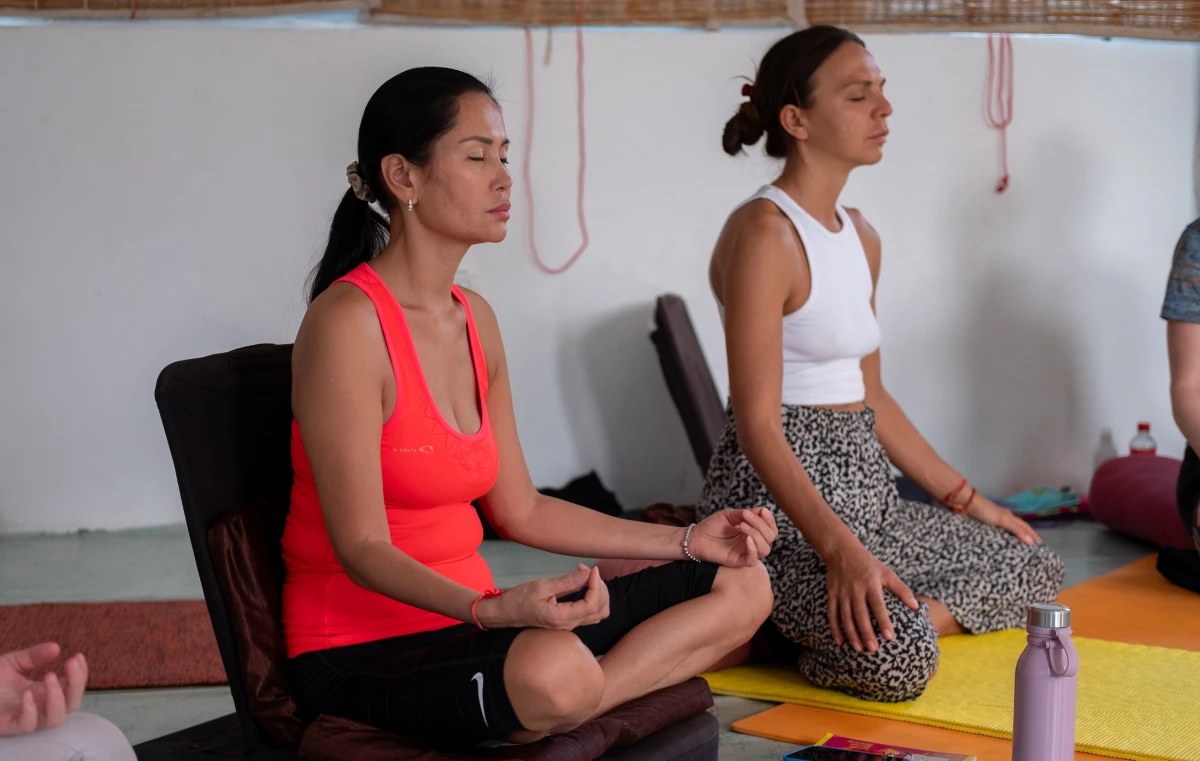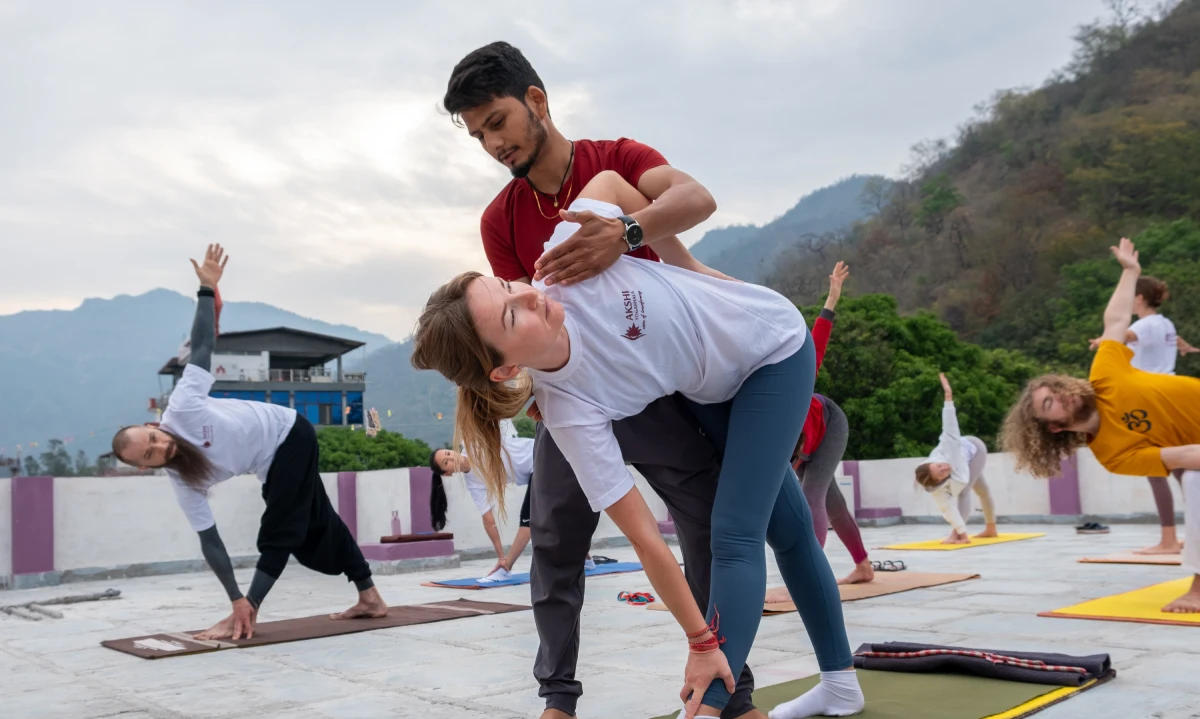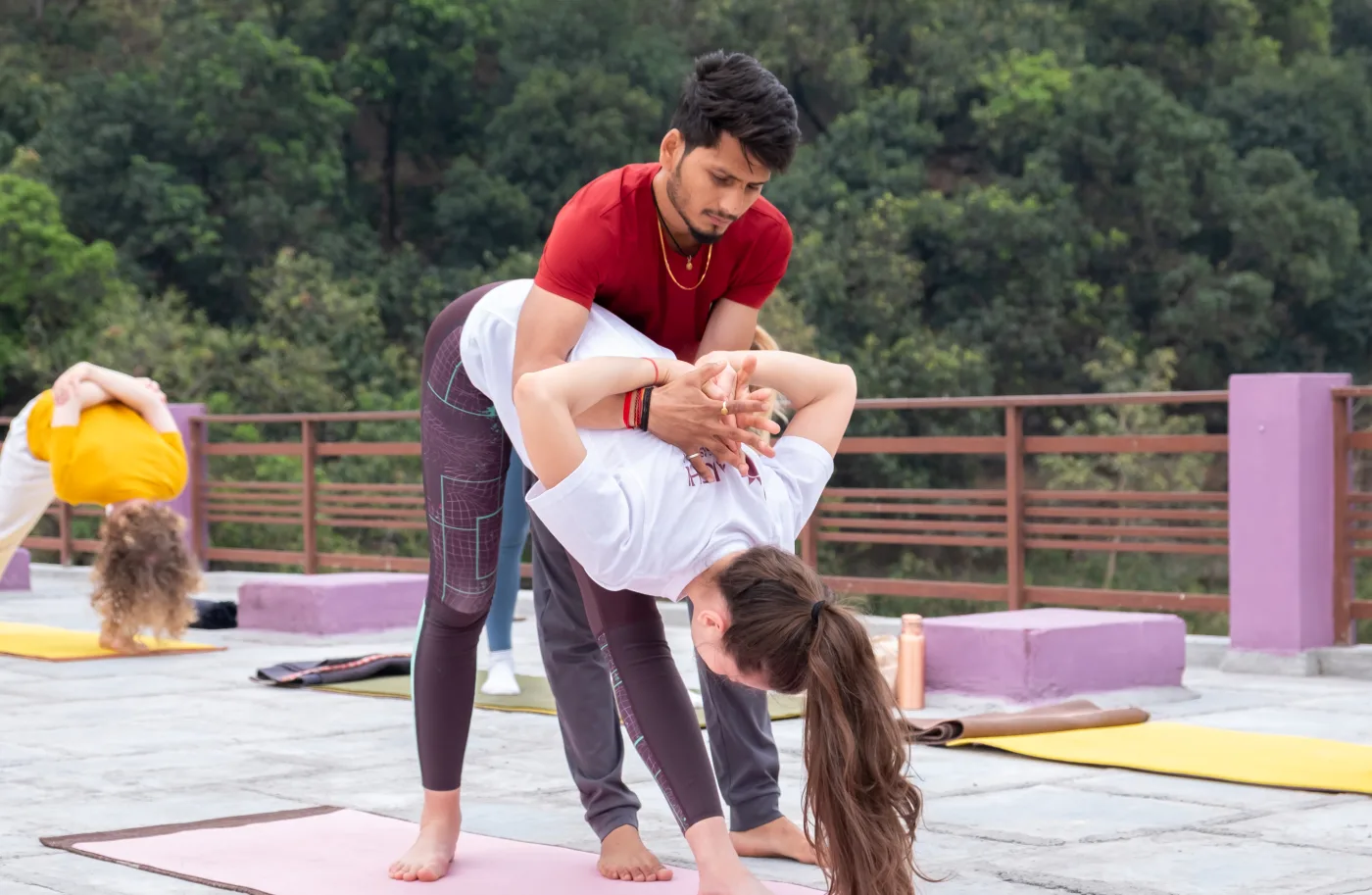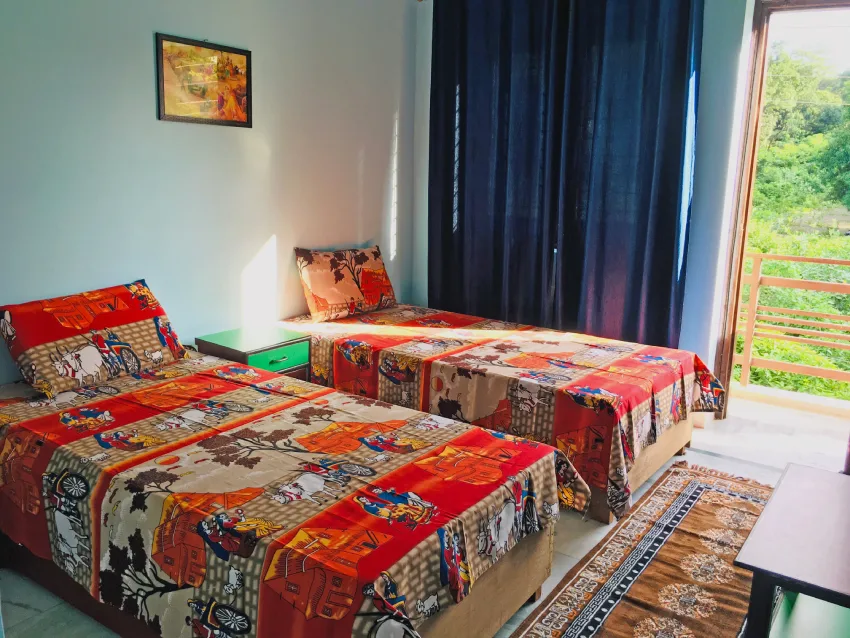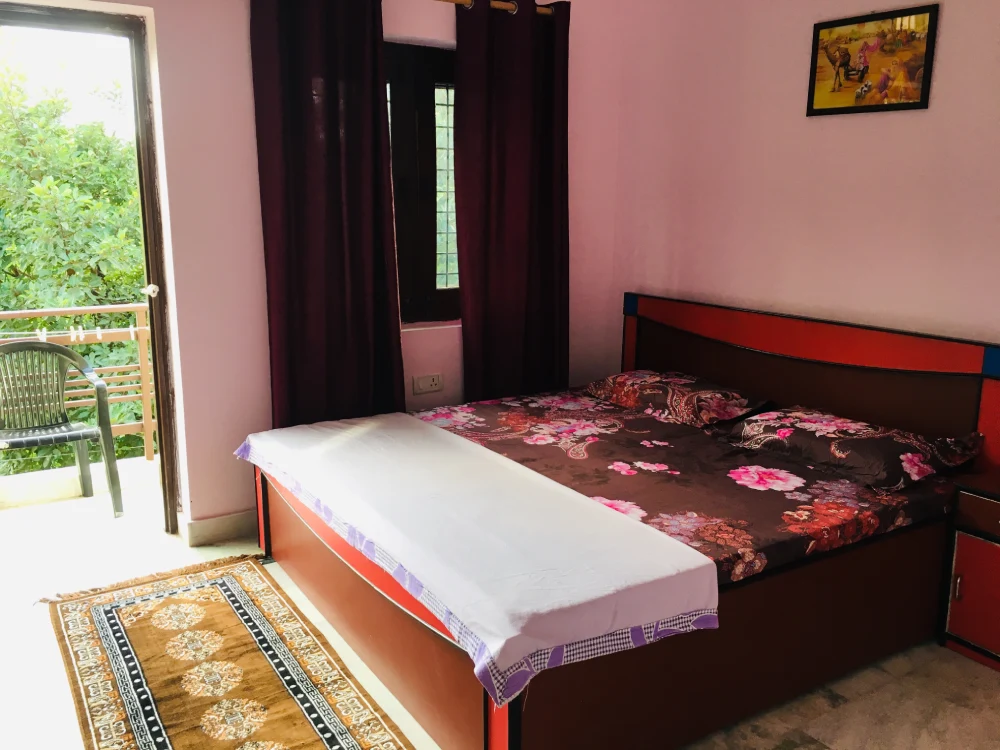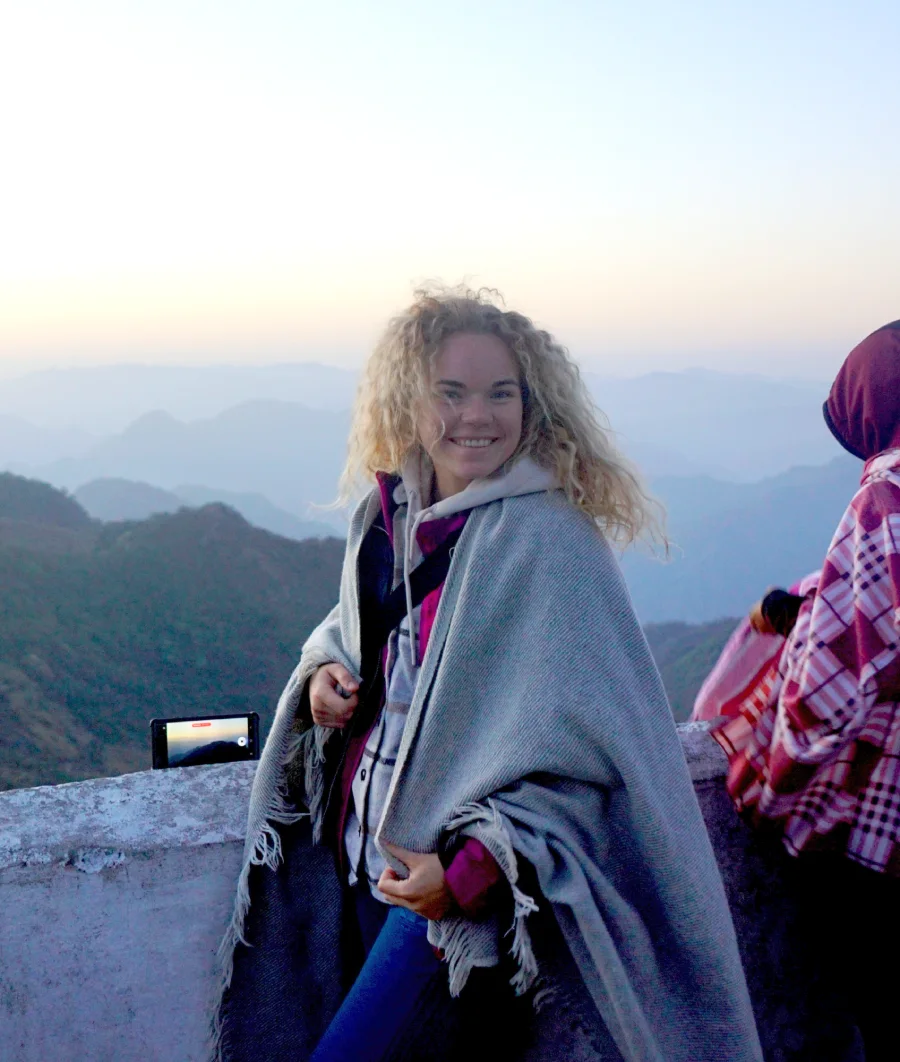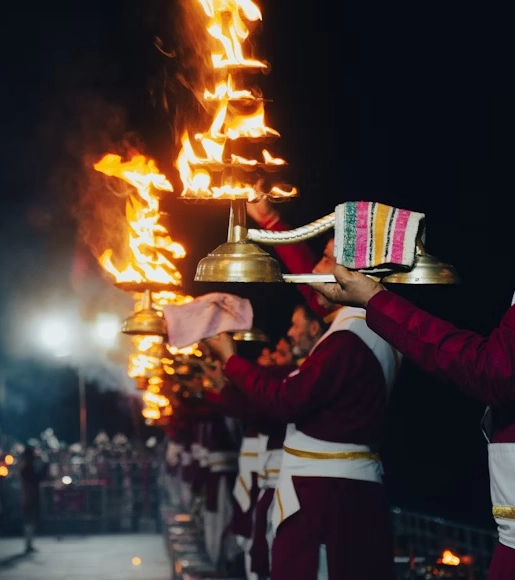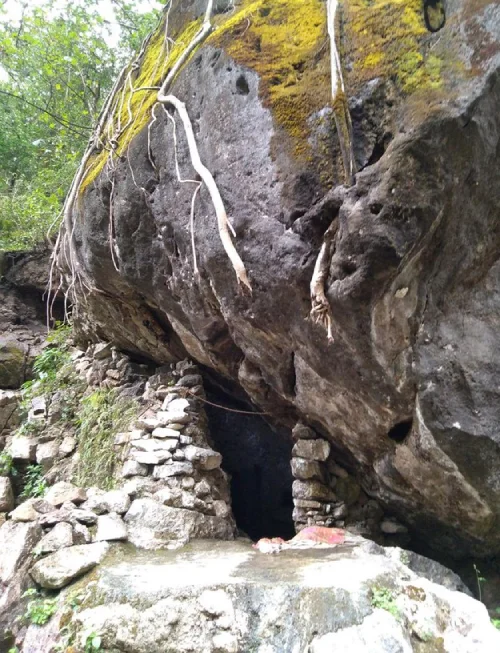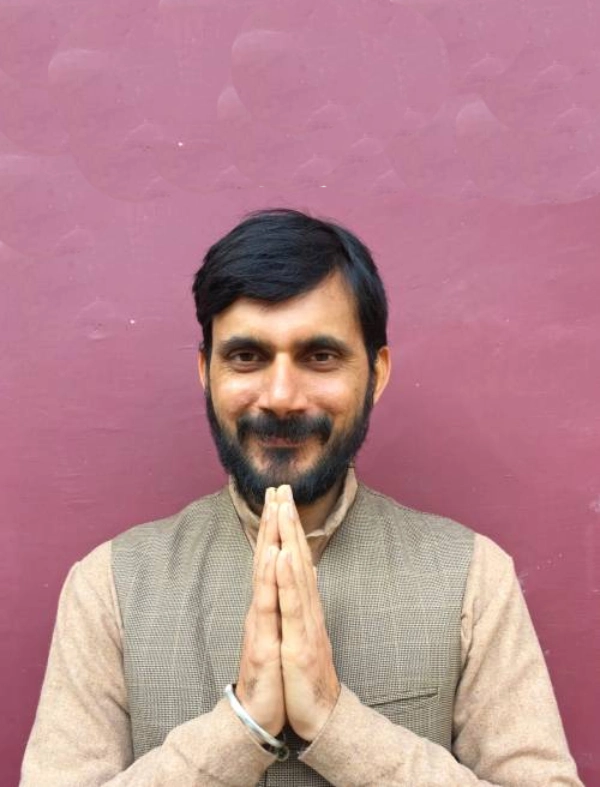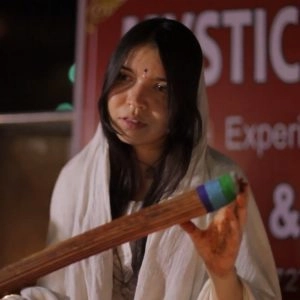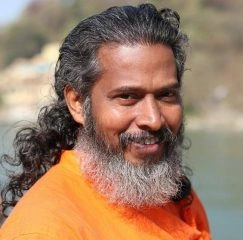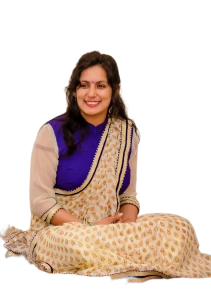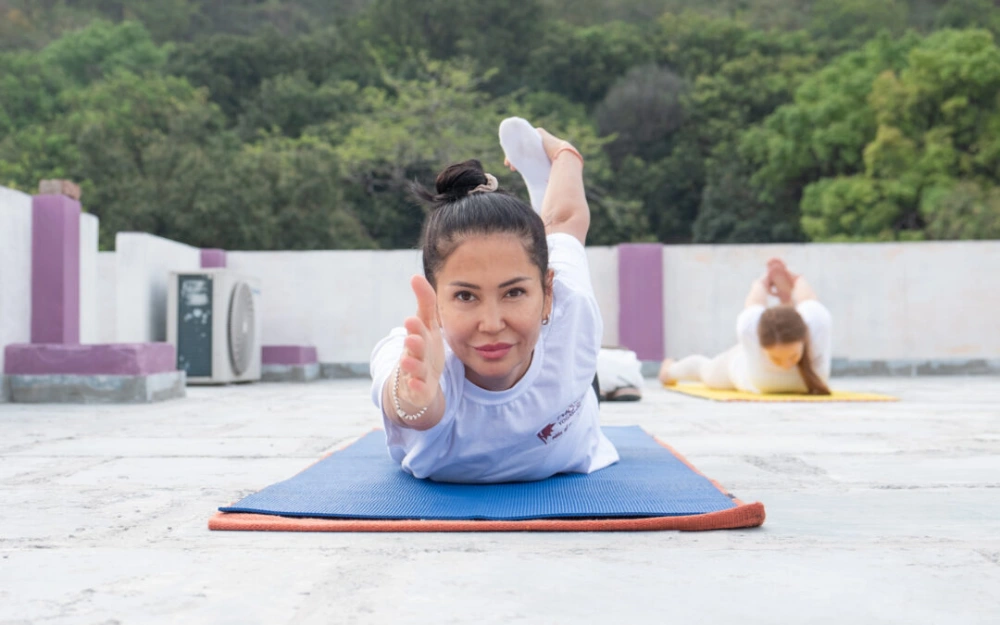
A Comprehensive Beginner-Level Course
Our 200 Hour Yoga Teacher Training course is rich and intensive for those who would wish to advance their practice in yoga as well as become trainers in yoga.This course is conducted in the spiritual capital of India, Rishikesh and involves an element of actual transformation besides including principles of modern day teaching methodology.
This course is designed for absolute beginning and intermediate level yogis who want to know more about yoga and its soul benefits for the body and the soul. In the course of the established 200 hours, students are to be exposed to the different types of Yoga; Hatha Yoga, Ashtanga Vinyasa and Restorative Yoga. The things that make this curriculum stand out in the programme are the focus of Pranayama (breathing techniques), Yoga Anatomy, Meditation, and Yoga Philosophy to qualify a candidate as a competent teacher of Yoga.
This program is not only a certification but a journey that will transform your life in the next 25 days. Lastly, you will come out with an internationally accredited Yoga Alliance certification, appreciation for your inside self and potential to assist others through the merit of yoga. Begin this rewarding journey here. Come and be a part of the 200 Hour Yoga Teacher Training in Rishikesh at Akshi Yogashala to transform yourself spiritually and truly feel the essence to teach Yoga.
Certification & Opportunity
Once you complete the course, Yoga Alliance certification is provided, if you have completed the 200 Hour Yoga Teacher Training in Rishikesh offered by Akshi Yogashala. This makes you qualify to teach Yoga in any part of the world since Yoga Alliance is recognized universally by the yoga society. It prepares you with the knowledge and skills required to safely and effectively lead yoga classes through various asana, pranayama and meditation phases of yoga as well as teaching yoga philosophy.
After completing yoga teacher certification yoga teachers can get different jobs in the yoga line of business. Speaking of what opportunities are possible if one chooses to become a yoga teacher, one will be able to teach in yoga studios or clubs or in companies or deputies taking trips for yoga, retreats, courses; the demand for yoga teachers tends to grow each year. Furthermore, you will be given an increasing choice, more and more, for example, prenatal or restorative yoga and yoga therapy and much more.
The 200 Hour Yoga Teacher Training in Rishikesh is not only teaching you the way to become a yoga Teacher but also making you learn about yoga and what it actually teaches. Such a broad training results in invitations to conduct workshops and lead retreats as well as the opportunity to offer online classes. More teachers also continue their education through higher levels of teacher training courses which again introduce more options into the teachers working resumes.
Why Rishikesh?
Rishikesh has become known as the ‘Yoga Capital of the World’ and provides an ideal backdrop to your 200 Hour Yoga Teacher Training. Located at the bank of holy river Ganges at foothills of Great Himalayas, Rishikesh has been a spiritual capital of yoga over hundreds of years with tourists from all over the world. Here are a few reasons why Rishikesh is the ideal place for your yoga journey:
Rishikesh is a blessed city with a lot of spiritual vibrations. Letha is alive with the feelings of historical ethos, many ashrams, temples, and gurus make the atmosphere spiritual, and thus your yoga is deeper. The ambience of this city is perfectly suited to introspection, spirituality and healing, perfect for re-discovering yoga as a whole.
Rishikesh is regarded as one of the yoga capitals of the world and has produced several saints and monks. Rishikesh is the origin of Yoga, this place will teach you the fundamentals that were passed for generations consistently. It is the place where practice of yoga was first started in the west and is still a place where people can learn the real facts about yoga.
Rishikesh is located in the land of natural beauty. Rishikesh located nested among Himalayas and full of the Ganges River water offers a rather tranquil environment for practicing yoga. This immediately leads to inner harmony, tranquility, and awareness, which all students require to move to a higher level in Yoga. Being surrounded by the nature, allows one to get as far as possible from the noise and bustle of everyday life, and fully devote themselves to the process.
It is a home to Yogis, Yoga teachers along with spiritual personalities and enthusiasts from all over the world. Through this international hub, you will be able to integrate with other practice enthusiasts and learn from each other and advance your understanding in yoga practice. Yoga festivals, workshops and retreats are also available in the city to help the enthusiast develop more knowledge to enhance his or her practice.
It is only in Rishikesh, that one can get a raw and real experience of self-realization. Yoga, meditation and the background of natural space is the effective contribution to the spiritual and physical human development. Yoga studios are providing an array of courses, including teacher training programmes or for the purpose of enhancing one’s practice. Rishikesh is the ideal place as it lays down the foundation of mental, physical and spiritual evolution.
It is well connected to most of the tourist destinations across India and the many options of accommodations makes it easy for the yoga practitioners and students from all over the continent. Whether traveling by air, train, or bus, Rishikesh’s proximity to Haridwar (approximately 25 km) and Dehradun Airport makes it easy to reach this sacred city.
Why Choose Us
This 200 Hour Yoga Teacher Training in Rishikesh at Akshi Yogashala is a process of self skill development leading to a good Yoga school in Rishikesh. They have put together a training program which blends classic techniques, guidance from seasoned teachers and comprehensive style of yoga that can help prepare to teach with truth, accuracy, and empathy. The content is developed to build a general learning of yoga whereby the comprehensive learning starts from the different postures to the foundational philosophies and religion of yoga.
Such training is based on real yoga and we focus on the ideas of yoga as they were presented in the past together with integration values in the present. You will be taught by knowledgeable, Yoga Alliance certified trainers, who are passionate and have years of teaching practice under their belt. Knowing that our tutors explain from personal experience, our trainees are privy to knowledge that cannot be written in text.
Our classroom ratio of students to teachers is small so that you receive individual focus throughout your classes. This means that our teachers can discuss with you how the classroom works and where/when you need assistance for improving your practice or learning teaching altogether. Such attention helps you gain confidence and it makes you realize that you receive all the support that one needs when doing any task.
Daily Schedule
05:00 AM
Wake Up
05:30 AM – 06:00 AM
Ginger/Herbal Tea
06:00 AM – 07:30 AM
Hatha Yoga
07:45 AM – 08:45 AM
Pranayama – Breathing Practices
09:00 AM – 10:00 AM
Breakfast
10:30 AM – 11:30 PM
Yoga Anatomy
11:45 PM – 12:45 PM
Mantra/Adjustment & Alignment
01:00 PM – 02:00 PM
Lunch
02:00 PM – 03:00 PM
Rest
03:00 PM – 04:00 PM
Yoga Philosophy / Ayurveda
04:15 PM – 05:45 PM
Vinyasa Yoga
06:15 PM – 07:15 PM
Meditation and Relaxation
07:30 PM – 08:30 PM
Dinner
08:30 PM – 10:00 PM
Self Study
10:00 PM
Gates Closed, time to rest
Syllabus
Standing Asanas
The name of the asanas itself indicates that they are sitting postures that can be easily performed with little effort and in a short amount of time. The Akshi Yogashala 200-hour teacher training course covers several sitting postures, which we will explore shortly.
Balancing Asanas
Balancing asanas involve postures where one balances on a single leg or uses their arms to maintain balance. These poses can help strengthen various muscles such as hamstrings, calves, quads, glutes, and abs. Balance training is an important yet often overlooked tool to prevent falls and injuries.
Sitting Asanas
The name of the asanas itself indicates that they are sitting postures that can be easily performed with little effort and in a short amount of time. The Akshi Yogashala 200-hour teacher training course covers several sitting postures, which we will explore shortly.
Kneeling Asanas
Kneeling asanas offer multiple benefits, such as aiding digestion and increasing flexibility. These asanas are easy to perform and can help keep the body fit and healthy. We will explore different kneeling asanas shortly.
Backward Bending Asanas
Backward bending poses are designed to release stress and anxiety while also being beneficial for those who suffer from back pain. This form of yoga can be particularly useful for individuals with back issues. Let’s explore the various asanas involved in backward bending asanas
Forward Bending Asanas
Forward bending asanas involve postures that primarily target the upper body. These poses can be extremely beneficial and effective. Let’s explore the different asanas or poses involved in forward bending asanas.
Twisting Asanas
One of the easiest asanas is the spinal twisting pose, which involves lying on the floor and twisting the spine to the opposite side of the head. This pose is both simple to execute and highly relaxing. Let’s explore the various types of spinal twisting asanas.
Core Asanas
Yoga poses that target core strengthening are designed to strengthen the abdominal muscles and other muscles that support the lower back and pelvis. Including these asanas in your yoga practice is essential, as the core muscles help maintain stability and balance throughout the body.
Inverted Asanas
Inversion asanas are any poses in which the heart is positioned higher than the head.
Relaxation Asanas
Relaxation asanas , also known as restorative poses, are aimed at reducing tension in the body and promoting both physical and mental relaxation.
Meditative Asanas
Meditative asanas are postures specifically designed to support a calm and focused mind during meditation. They provide a stable and comfortable foundation, allowing the practitioner to sit with an erect spine, relaxed muscles, and an open chest. These asanas encourage a sense of inner stillness and aid in turning the attention inward. The practice of meditation cultivates mindfulness, self-awareness, and a deep connection to the present moment.
Joints And Glands Exercises
This practice is a traditional way of preparing the body for meditation by gently moving various parts, mainly the joints. These movements target the deeper tissues like tendons, ligaments, and fascia, improving flexibility and supporting comfortable meditation postures.
The sequence starts from the head and moves down to the toes, focusing on opening the joints and glands throughout the body. This stimulates the immune system and cleanses the body of negative prana, promoting better health.
Benefits include improved joint range of motion, stability, and balance, as well as better circulation and a more efficient lymphatic system. It also contributes to better posture and supports comfortable meditation positions
Ashtanga Vinyasa as a part of Vinyasa classes
Upcoming Dates
03rd To 28Th Dec 2025
Triple Shared
799 USD
Double Shared
999 USD
Private Room
1199 USD
03rd To 28Th Jan 2026
Triple Shared
799 USD
Double Shared
999 USD
Private Room
1199 USD
03rd To 28Th Feb 2026
Triple Shared
799 USD
Double Shared
999 USD
Private Room
1199 USD
03rd To 28Th Mar 2026
Triple Shared
799 USD
Double Shared
999 USD
Private Room
1199 USD
03rd To 28Th Apr 2026
Triple Shared
799 USD
Double Shared
999 USD
Private Room
1199 USD
03rd To 28Th May 2026
Triple Shared
799 USD
Double Shared
999 USD
Private Room
1199 USD
03rd To 28Th Jun 2026
Triple Shared
799 USD
Double Shared
999 USD
Private Room
1199 USD
03rd To 28Th Jul 2026
Triple Shared
799 USD
Double Shared
999 USD
Private Room
1199 USD
03rd To 28Th Aug 2026
Triple Shared
799 USD
Double Shared
999 USD
Private Room
1199 USD
03rd To 28Th Sep 2026
Triple Shared
799 USD
Double Shared
999 USD
Private Room
1199 USD
03rd To 28Th Oct 2026
Triple Shared
799 USD
Double Shared
999 USD
Private Room
1199 USD
03rd To 28Th Nov 2026
Triple Shared
799 USD
Double Shared
999 USD
Private Room
1199 USD
Note: Triple shared possible if other 2 people same gender will book this accommodation. We can't provide it for 1 person
Accommodation & Food
2 Shared Room
Private Room
Yoga can be practiced in any part of the world, but at Akshi Yogashala – our intention is to provide you with the best environment for Yoga practice. Our 200 Hour Yoga Teacher Training Rishikesh offers you nice and quiet accommodation for you to have rest after the practice sessions.
We offer clean and comfortable accommodation with enough space and any basic necessity to meet your needs. The design of every single room allows for a serene environment since we understand that your focus is your training as well as your time in Rishikesh.
Our accommodations include both, shared and private, and we always ensure the guests’ comfort. Each classroom and study area contains comfortable beds, desks and chairs, and windows to provide students with a comfortable learning atmosphere.
Apart from these comfortable and quiet rooms, all our guests are provided with healthy, sattvic food that nourishes the body and the soul. All the meals are vegetarian or vegan and purchased from local suppliers, and the food we offer provides a healthy diet that enhances a yoga practice. We offer vegetables meals that have vitamins and nutrients necessary for healthy bodies throughout the training period for the course. Our diet plan is professionally drawn to cater for your detoxification process, your flexibility, and your overall health needs.
3 Shared Room
Yoga Hall
Excursion With This Course
Kunjapuri Temple
Ganga Aarti
Mouni Baba Cave
Rafting Or Massage
Frequently Asked Question
A 200-hour Yoga Teacher Training course is an immersive program designed to deepen your understanding of yoga. It provides comprehensive training in yoga philosophy, asanas, meditation, and teaching methodology. This certification is a fundamental step towards becoming a certified yoga instructor.
Rishikesh is known as the Yoga Capital of the World, offering a serene environment, experienced teachers, and a spiritual atmosphere. It’s the ideal place for an authentic and transformative yoga teacher training experience.
Anyone with a passion for yoga can join, regardless of their level of experience. However, having some prior experience with yoga will be beneficial.
To receive certification, you must attend all classes, complete assignments, and pass practical and theoretical exams. You’ll also need to demonstrate a commitment to the yogic lifestyle.
Yes, upon successful completion of the 200-hour training, you will be qualified to teach yoga. Many of our graduates go on to become yoga instructors, but it’s essential to continue learning and gaining experience.
Our training covers a variety of yoga styles, including Hatha, Vinyasa, and Ashtanga. This allows you to explore and find your unique teaching style.
To register, simply visit our website and fill out the registration form. You can also contact us for any additional information or assistance with the registration process.
Don't miss our special offers and promotions!
Yoga Teacher
All of our teachers are certified by the Yoga Alliance, with their Master’s or PhD’s in Yoga. But more importantly, our gurus have dedicated their lives to following the path of yoga, and they bring decades of practical knowledge and real-life experience to their teachings.
Vivek Arya
FounderYoga Anatomy
Maya Om
SatsangYoga For Women
Swami Atma
MeditationYoga Nidra
Karamjit Ji
Vinyasa FlowAnatomy
Sandeep Ji
PhilosophyPranayama
Deepak Ji
Hatha YogaAlignment
Shobhit Ji
Hatha YogaVinyasa Flow
Mukesh Ji
Vinyasa YogaManagement
Student Reviews
The best place ever to get your yoga teacher training… u can feel the energy of the place from day one! Amazing teachers, very generous with their knowledge, will never let u down.
– Yasmeen Alaa, Egypt
Akshi Yogashala is wonderful. Truly, I have grown so much through their 200 RYT training program. The teachers/staff – from Swami Atma to Vivek – are exceptional; extremely knowledgable and supportive.
– Bridget Nelson, USA
Akshi Yogashala is a place that offers you magical energy, ancient knowledge and especially wisdom from experienced teachers. I can recommend this place to everyone who is ready for stepping into the depth of his/her path.
– Isabel Maria, Austria
Our Articles
Read Article
Mar 20, 2025
Are you looking to tap into the powerful energy of your eighth chakra? Look no further than Kundalini Kriya! This ancient practice offers a unique....
Read Article
Feb 15, 2025
Rishikesh holds its place in the Himalayan foothills where people recognize it as the global center of Yoga practice. As an enchanting town with....
Read Article
Feb 5, 2025
A life-changing experience awaits you which surpasses physical yoga practice. Situated beneath the towering Himalayas, Rishikesh has gained...

